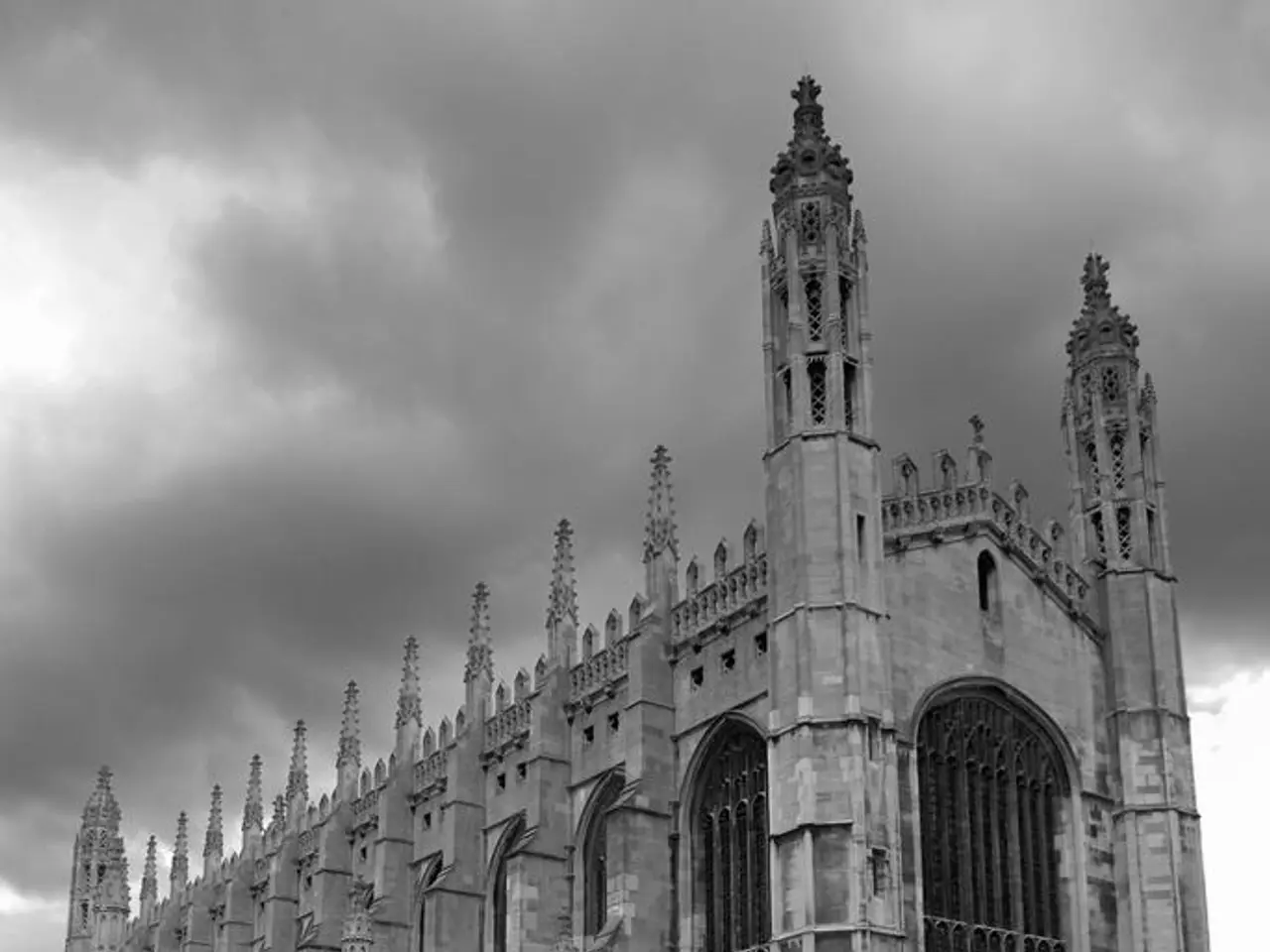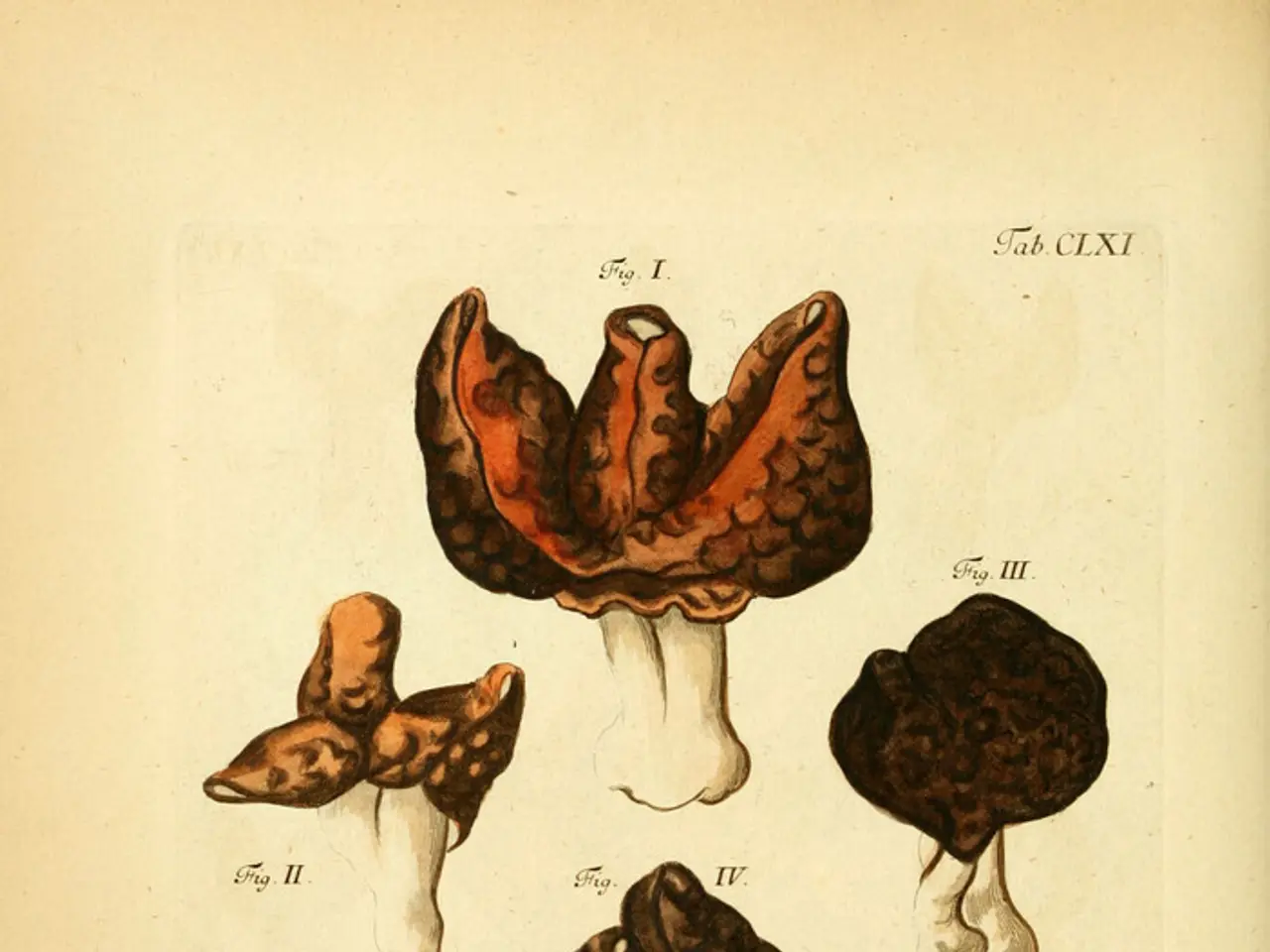Chalazion Explained: A Common Eye Condition Characterized by a Painful Lump on the Eyelid
Chalazia are small, painless lumps that form on the eyelid due to the blockage of an oil gland, known as a meibomian gland. These lumps are more commonly observed in adults, particularly those between the ages of 30 and 50, and women may be at a slightly higher risk.
The primary cause of a chalazion is the blockage of the meibomian gland, which can be due to excessive oil production, thickened oil, inadequate eyelid hygiene, inflammation, or infection. Certain health conditions, such as chronic skin conditions, diabetes, or immune system disorders, may also increase the risk of developing chalazia.
Poor eyelid hygiene, exposure to dust, smoke, and allergens, and contact lens wear can contribute to the development of a chalazion. Skin conditions like acne, seborrheic dermatitis, rosacea, and eczema can also increase the likelihood of developing a chalazion.
Symptoms of a chalazion include a painless lump, swelling, redness, and blurred vision if the chalazion grows large enough. If the chalazion persists for more than a few weeks, becomes painful, shows signs of infection, or causes significant changes in vision, medical attention is necessary.
Treatment options for a chalazion include home remedies like warm compresses and gentle massage, as well as medications prescribed by a doctor. Topical antibiotics may be prescribed if there is a risk of infection, and oral medications like antibiotics or anti-inflammatory drugs may be recommended to reduce swelling and discomfort. In some cases, a corticosteroid injection or a minor surgical procedure to drain the chalazion may be necessary.
Prevention tips include maintaining good eyelid hygiene, managing skin conditions, staying hydrated, limiting eye makeup use, and regular eye check-ups.
It's important to note that chalazia can occur in people of all ages and are often confused with a stye. Unlike a stye, a chalazion is typically not associated with discomfort. However, both conditions share similar symptoms and require medical attention if they persist or worsen.
[1] Kansara, V. K., & Rao, S. S. (2019). Chalazion: Etiology, Diagnosis, and Management. American Journal of Ophthalmology Case Reports, 10, 27-30.
[2] Lee, J. Y., & Lee, J. W. (2016). Chalazion. Korean Journal of Ophthalmology, 30(2), 141-146.
[3] Mishra, S., & Agrawal, A. (2015). Chalazion: An Overview. Journal of Clinical and Diagnostic Research, 9(12), ZC14-ZC17.
[4] Park, S. K., & Kim, J. H. (2014). Chalazion. Yonsei Medical Journal, 55(6), 1435-1440.
[5] Yoon, J. H., & Lee, J. W. (2013). Chalazion. Korean Journal of Ophthalmology, 27(3), 187-192.
- Maintaining good skin health and managing medical conditions, such as chronic skin conditions, diabetes, or immune system disorders, may reduce the risk of developing chalazia, a common eye health issue.
- Health-and-wellness practices like regular eye check-ups, limiting eye makeup use, and prioritizing mental-health and skin-care routines can contribute to the prevention of chalazia and other eye problems.
- Certain health-and-wellness factors, including the presence of conditions like acne, seborrheic dermatitis, or rosacea, may increase the likelihood of developing a chalazion, a painless lump that forms on the eyelid due to meibomian gland blockage.




